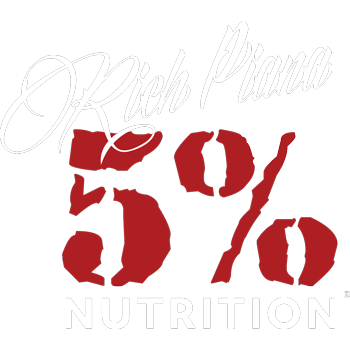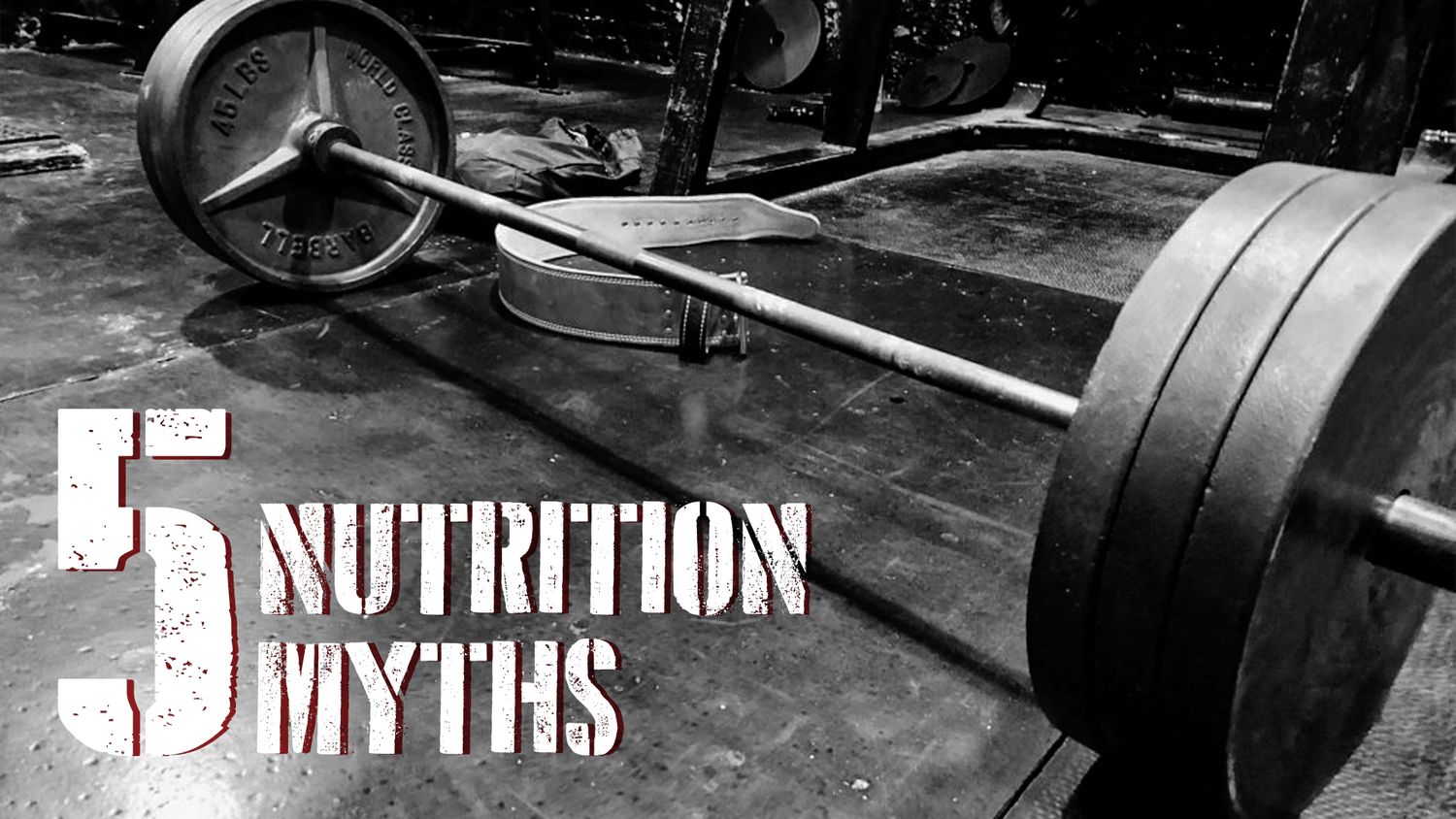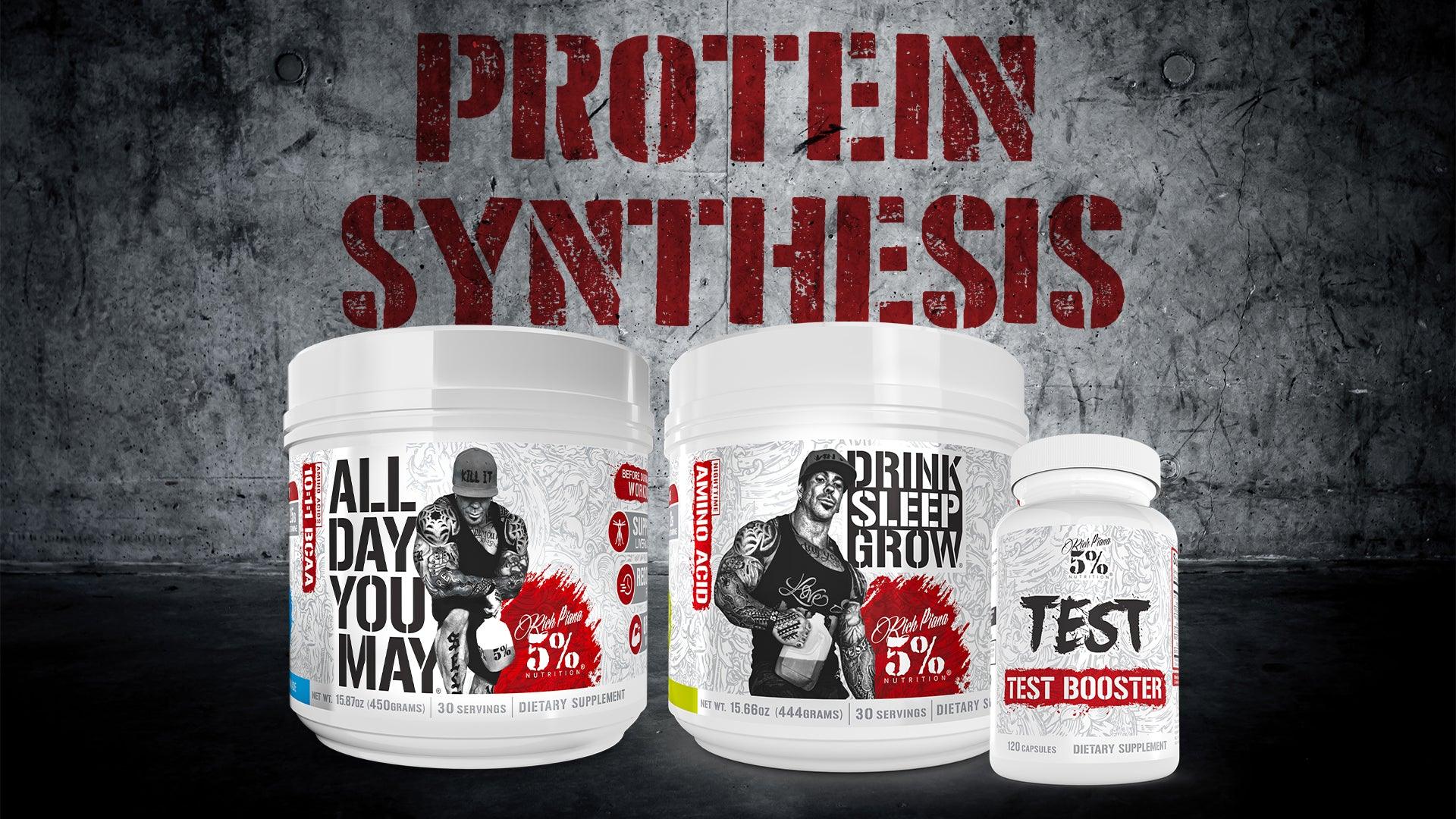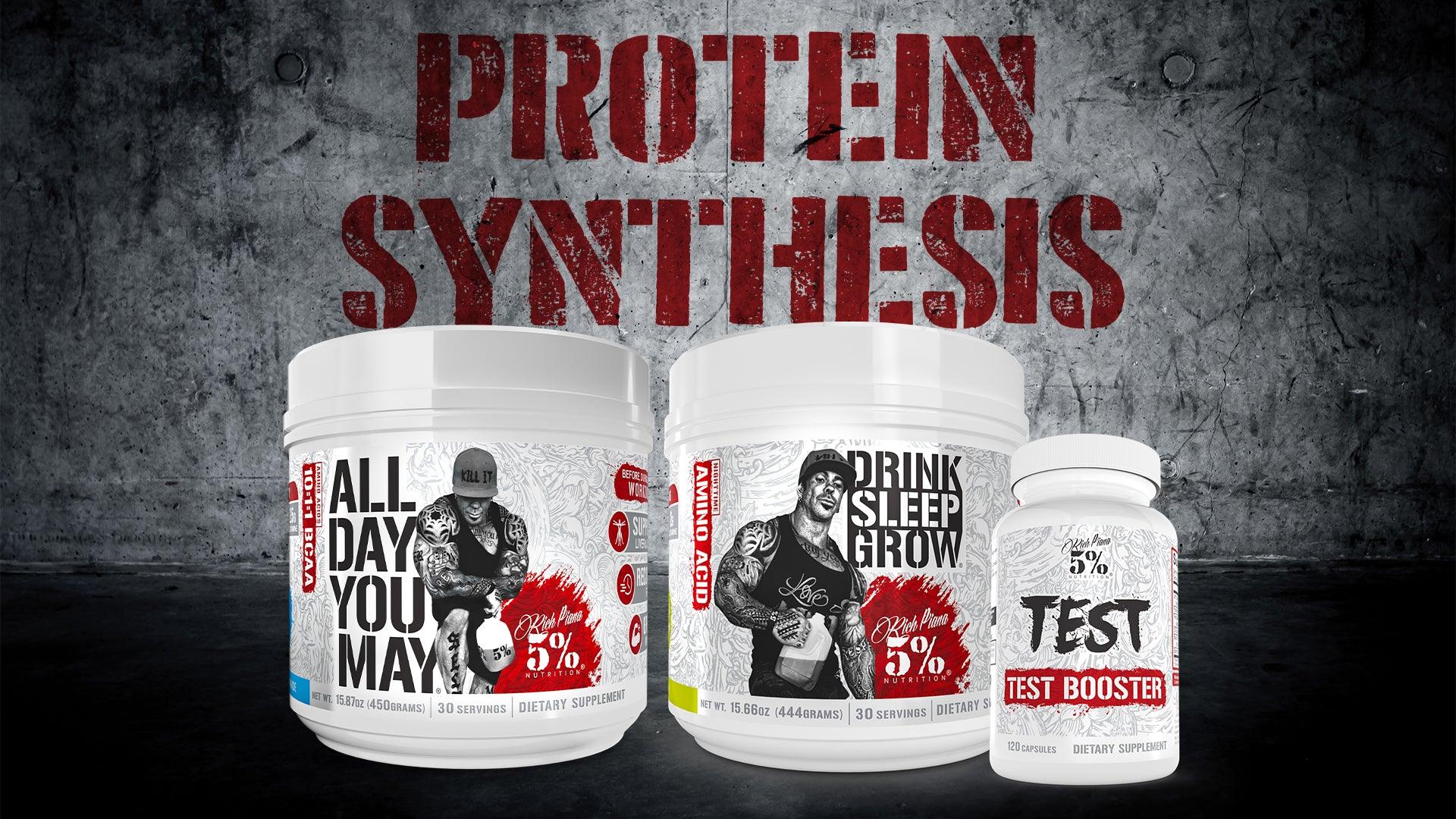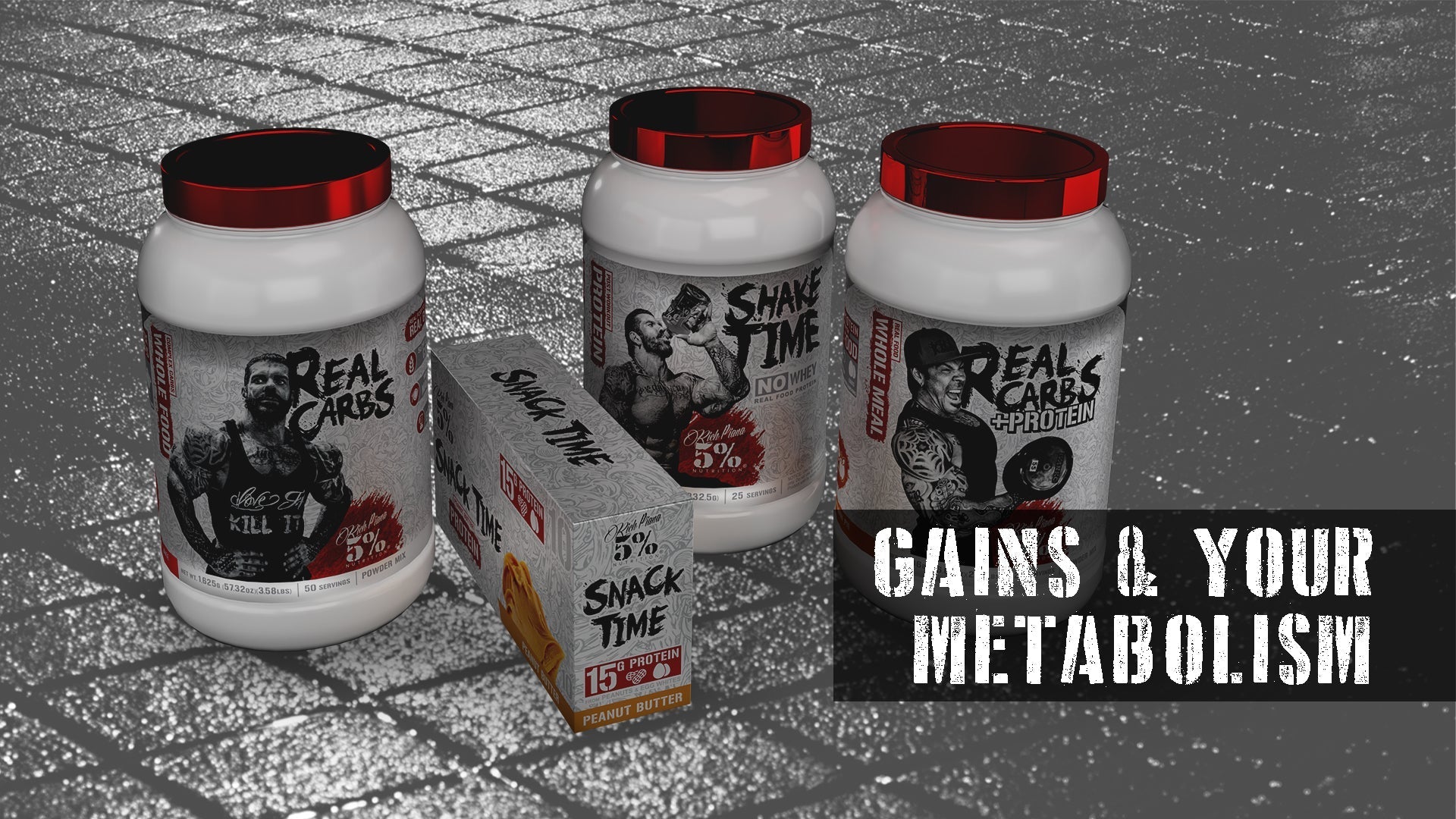In Part 1, we focused on 4 common nutrition myths. We’re not done yet, here are 4 more nutrition - and supplement - myths that need a little attention!
Myth # 5: “Calories In, Calories Out” Is All That Matters For “Weight” Loss
This idea may make sense to those who aren’t bodybuilders, athletes, or fitness enthusiasts. The thinking here is simple: it’s not the type of calories that matters, it’s the number of calories. So, let’s say your maintenance calorie level is 3,000 per day, and you cut 500 per day. You should, in theory, lose weight.
First, the term “weight loss” is misleading. In mainstream dieting, it’s always “weight” loss, never “fat” loss. Is there a difference? Absolutely. To lose “weight” means you will lose fat, water, and muscle. To lose “fat” means you will target excess body fat only. Most mainstream diets don’t make this distinction.
Second, the calories in, calories out approach suggests that you could eat anything you want, even Twinkies, all day, every day. As long as you stay under your calorie total, you would still lose weight, with or without exercise.
The thing is, calories come from carbohydrates, protein, and fats. Each one affects the body differently. Calories from sugary, fatty foods will have a different effect on the body than calories from protein. Eating Twinkies, for example, all day means you will lack nutrients. It also means you will lack protein for muscle repair and growth. These two reasons alone are enough to eat a clean, balanced diet. Further, a high-sugar diet leads to insulin spikes and fat gain. The bottom line is to not assume that the body treats all calories the same way. Focus on the calories that give you the biggest nutritional bang for your buck. It’s not “calories in, calories out”, it’s the right kind of calories in, calories out. (6)
Myth # 6: Fat Burners Aren’t Safe
Talking about “weight loss”, here’s a myth from the old ECA Stack days. That’s when most fat burners consisted of ephedra, caffeine, and a natural source of aspirin. The problem was, this combo was abused. Some took more than the suggested amount. Others took these products in conditions of extreme heat and didn't pay attention to staying hydrated. A few people suffered extreme effects, and a few people passed away.
Anyone using a thermogenic fat burner with stimulants must use it responsibly. Users need to read and follow all label directions. There is never any justification to take higher doses of an already well-dosed product.
For example, 5% Nutrition Shred Time is a caffeine-based fat burner. The directions clearly state that users should determine tolerance by taking a half-dose. Only when a user's tolerance has been determined should the dose be increased - gradually. In addition, remember to stay hydrated.
This is what safety is all about, and 5% Nutrition advocates the safe use of supplements. It’s when someone uses a fat burner, or other stim-based product irresponsibly that problems occur.
Myth # 7: You Don’t Need BCAAs
Some people do not believe in using BCAAs (or an amino formula like ADYM). They think BCAAs are a waste of time, and that you should just eat food sources of protein. Sure, as Rich said, real food should come first, then supplements.
Yet, taking a BCAA-based powder like ADYM allows you to target your muscles with precise amounts of nutrients right when you need them. For one thing, you can’t eat a big meal too close to your workout and expect to feel comfortable while training. Second, you may not be able to ingest a meal with enough BCAAs/EAAs to benefit your workout.
Not to mention, another key time for an amino formula like ADYM is first thing in the morning. Who’s going to wake up and eat a chicken breast to get enough leucine/BCAAs/EAAs? Besides, by the time you’ve eaten, digested, and begun to benefit from your chicken breast, it’s at least 4 hours later. Why not have some ADYM, and take advantage of the aminos sooner?
Myth # 8: Meal Timing Does Not Matter
This is another common myth. The thinking here is that it doesn’t matter how often you eat during the day. That, in theory, you could eat once or twice a day if you wanted. As noted, what harm is there in eating every few hours? If you’re hungry, eat! As long as you stay within your macronutrient totals, you can literally eat as often as you want.
It makes sense to take in quality calories at regular intervals during the day. This is the best way to get in your protein and other macronutrients consistently all day long. It does not make sense to starve yourself. Why avoid eating when you are hungry because you think meal timing doesn’t matter? There is no harm in sticking to a specific meal schedule. 5% makes it easy to meet your macronutrient needs with our Real Carbs options, Shake Time, and Egg White Crystals.
Recap
In Parts 1 and 2, we have covered 8 myths (and misconceptions) about nutrition and supplements. If you let myths guide your nutrition and supplement program, you will not see effective results. The bottom line for any 5%er is to follow the proven protocols that have guided Rich and other champions. This has also guided 5% Nutrition and every supplement we make. Remember, knowledge is one of your greatest keys to success.
References:
- Ludwig, D. S., & Ebbeling, C. B. (2018). The Carbohydrate-Insulin Model of Obesity: Beyond "Calories In, Calories Out". JAMA internal medicine, 178(8), 1098–1103. https://doi.org/10.1001/jamainternmed.2018.2933
- Toubro, S., Astrup, A. V., Breum, L., & Quaade, F. (1993). Safety and efficacy of long-term treatment with ephedrine, caffeine, and an ephedrine/caffeine mixture. International journal of obesity and related metabolic disorders: journal of the International Association for the Study of Obesity, 17 Suppl 1, S69–S72.
